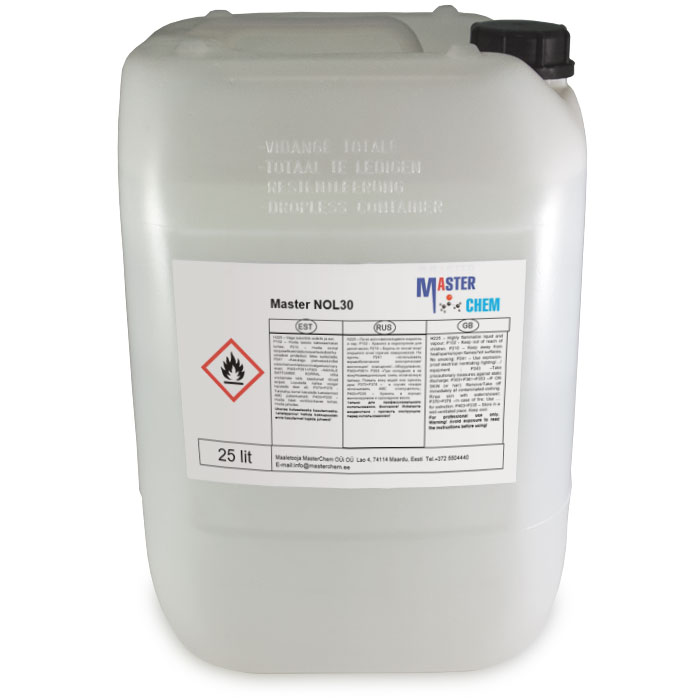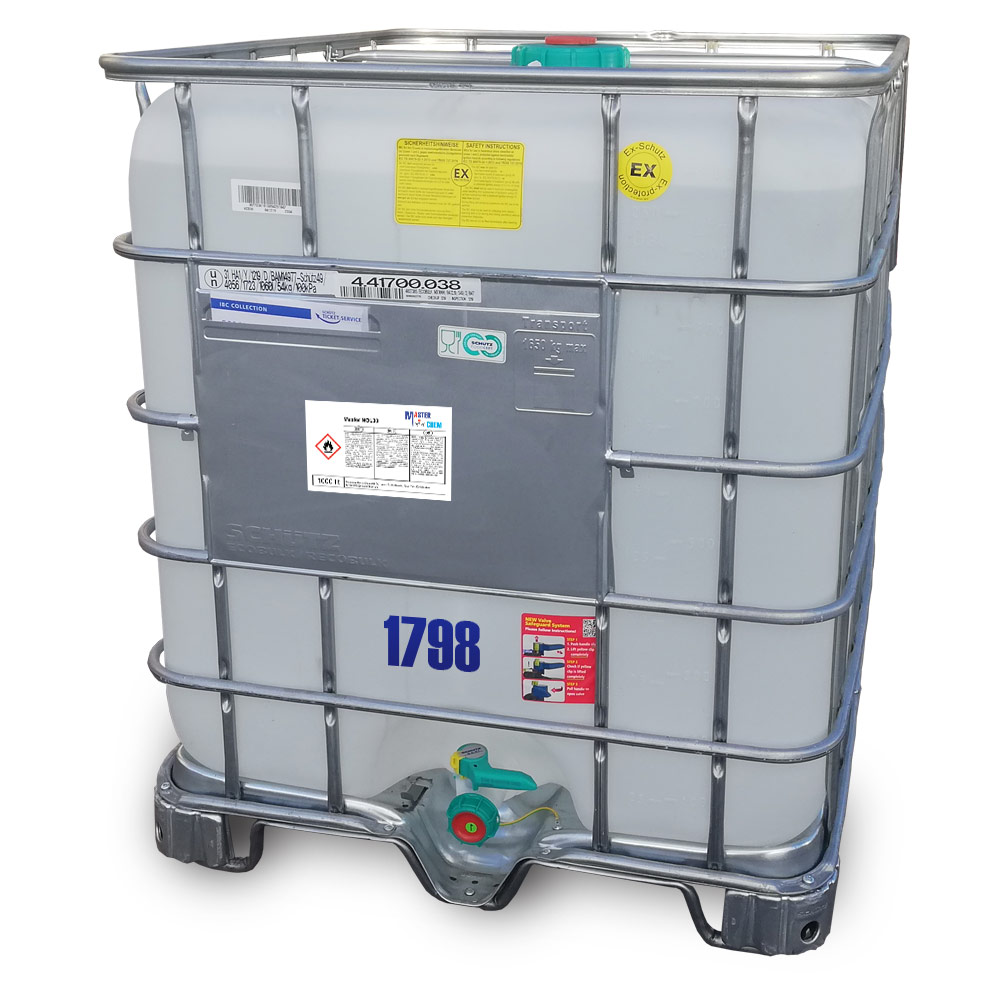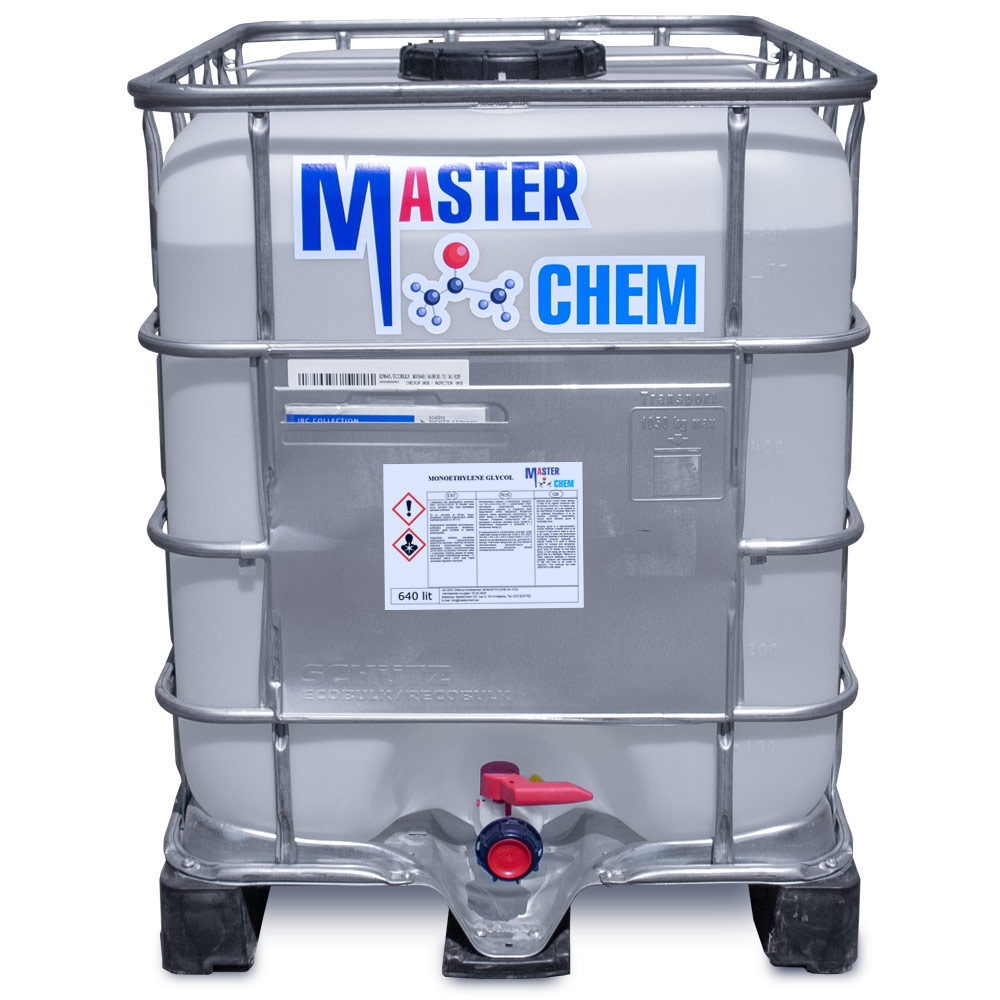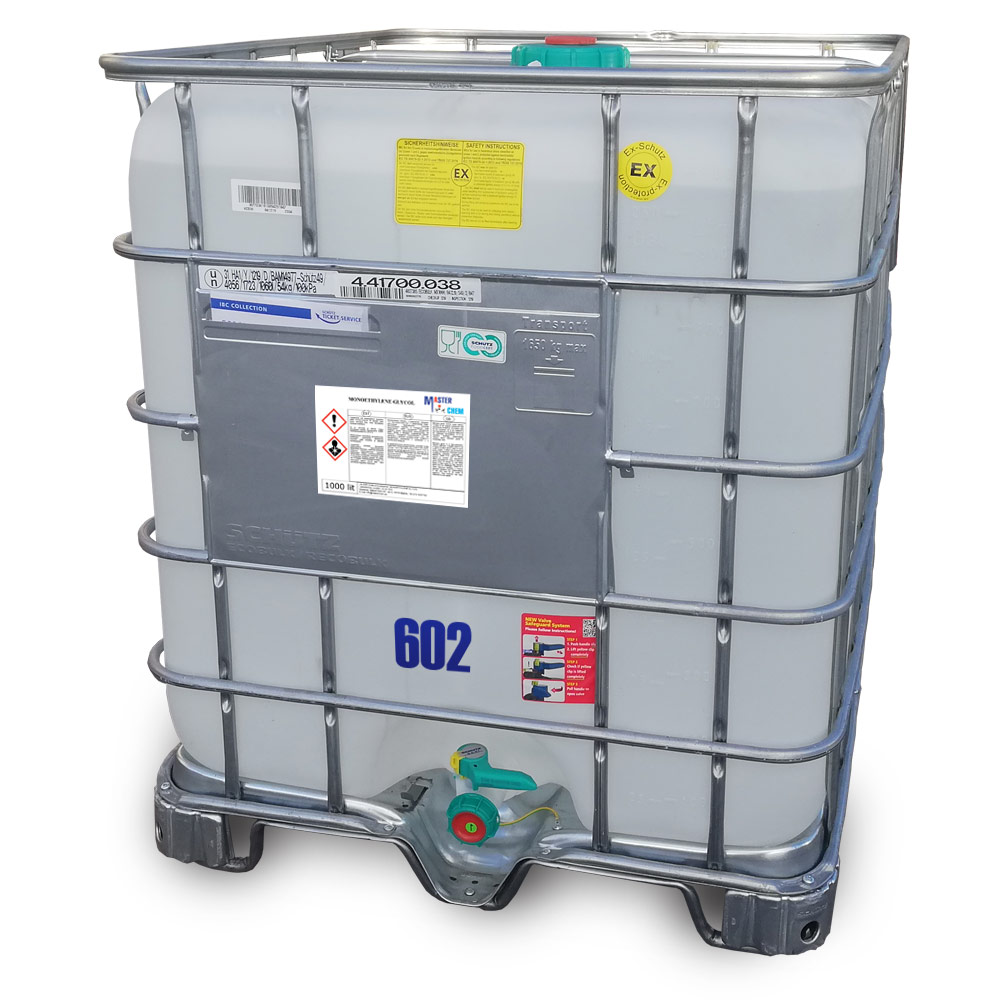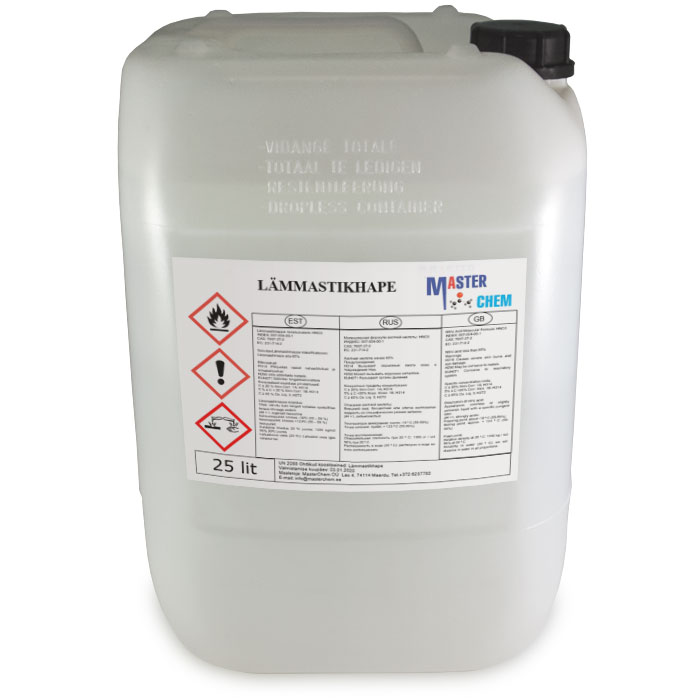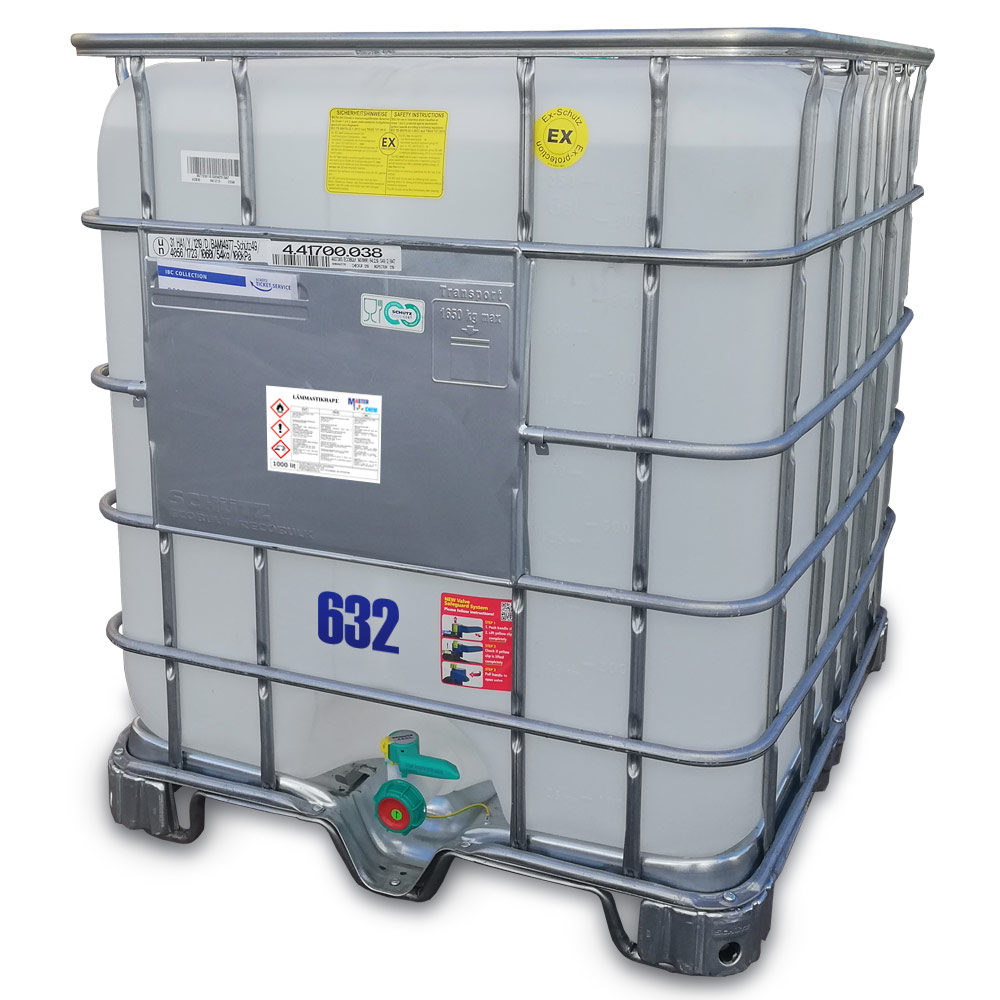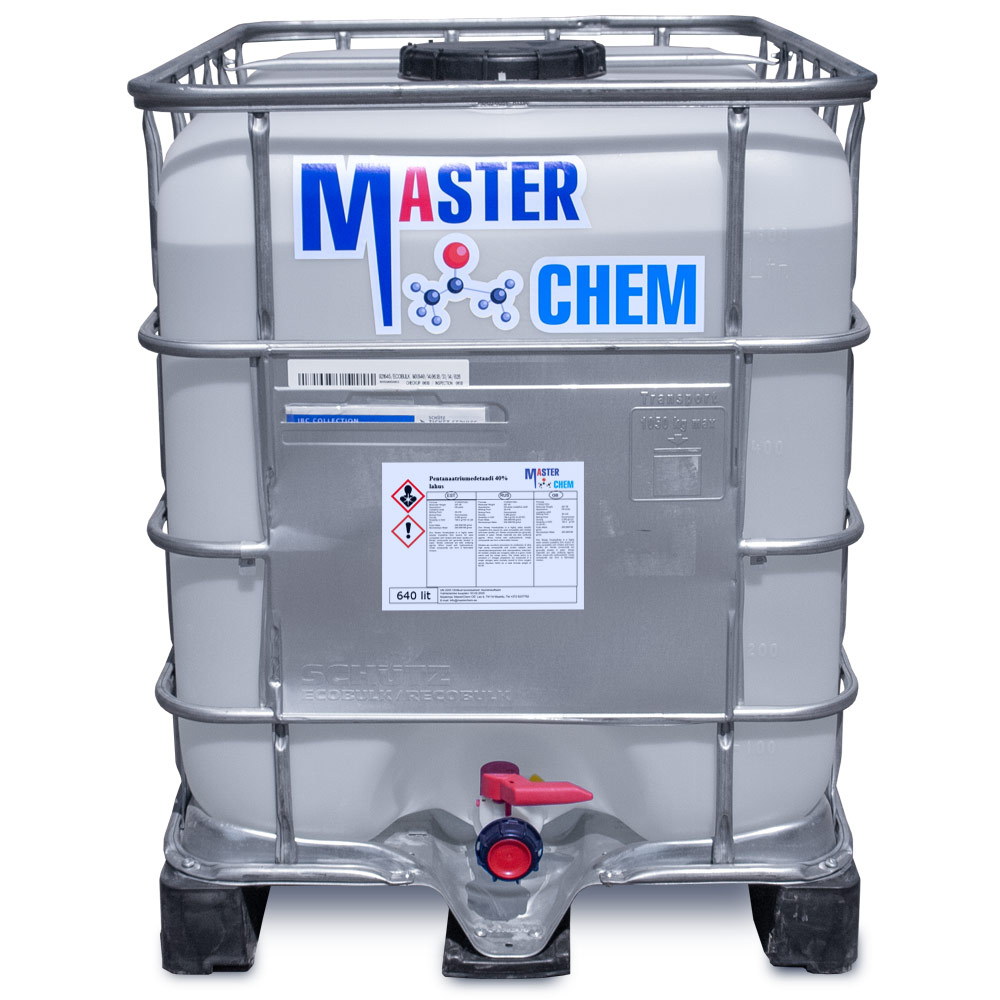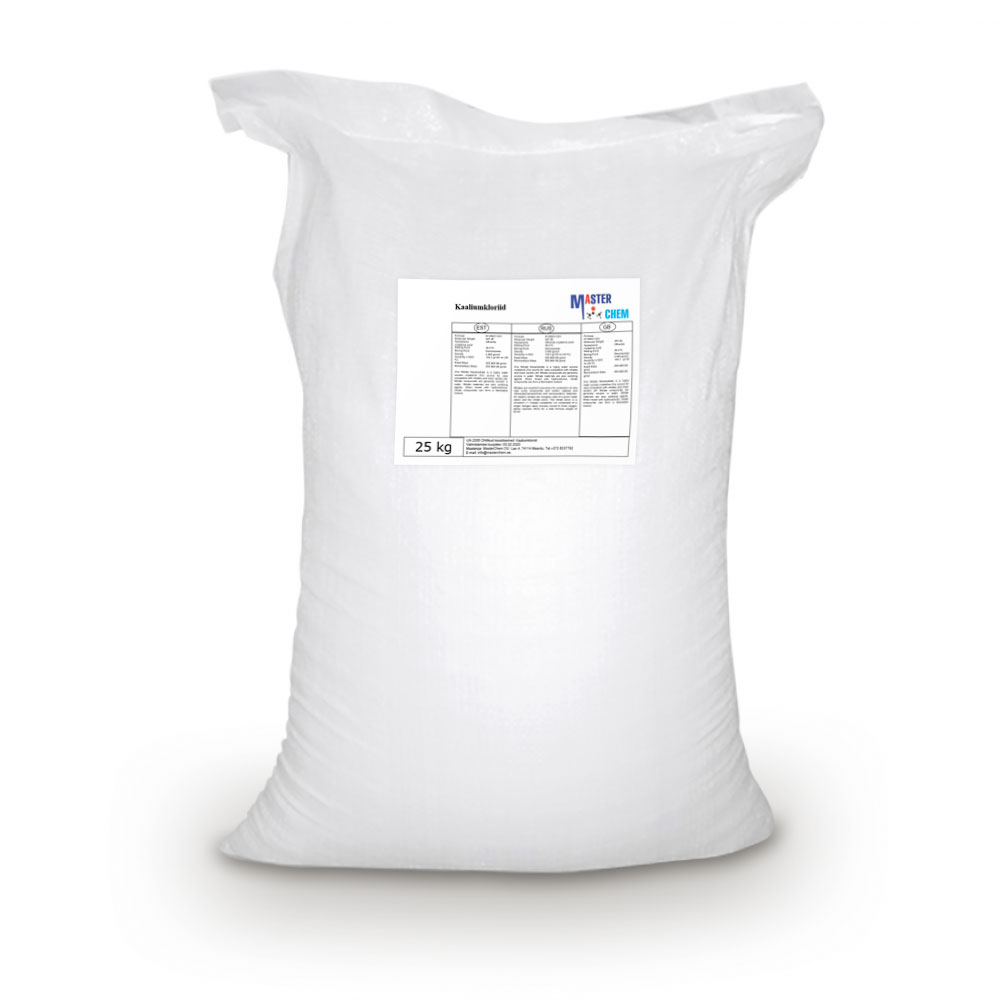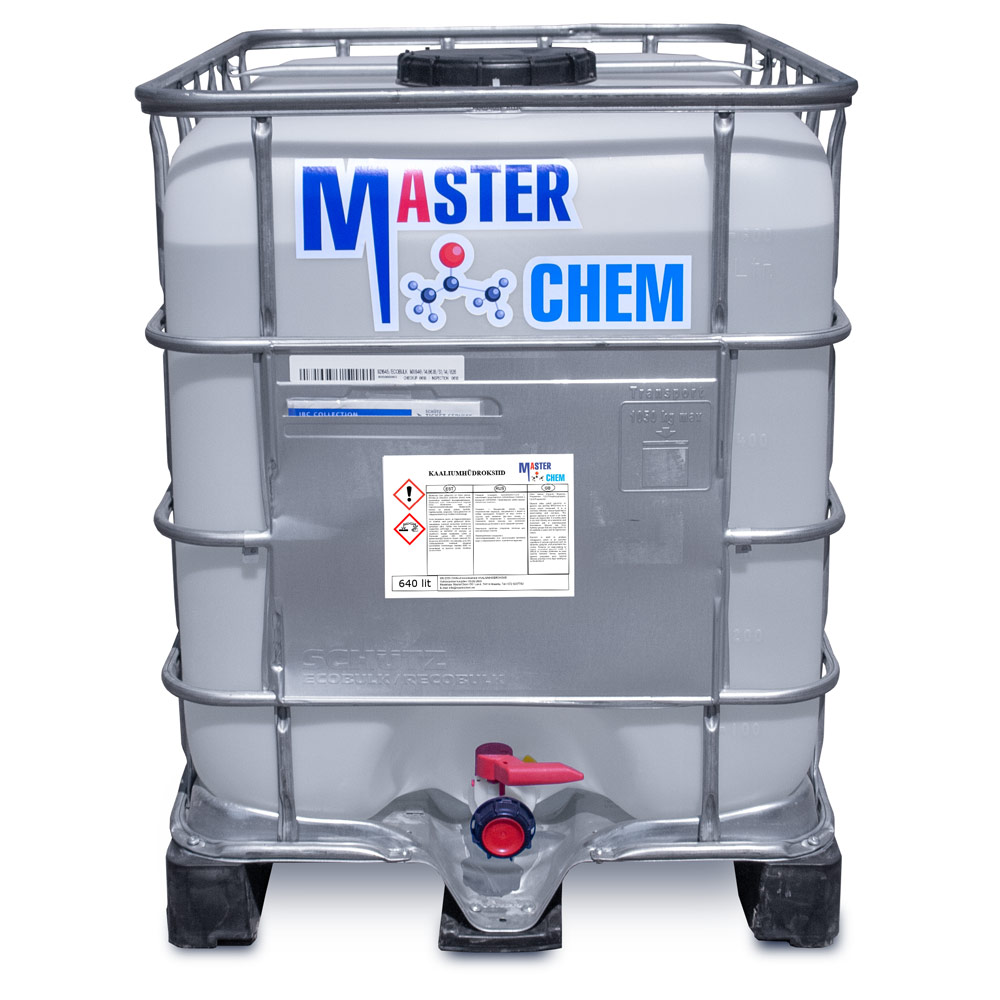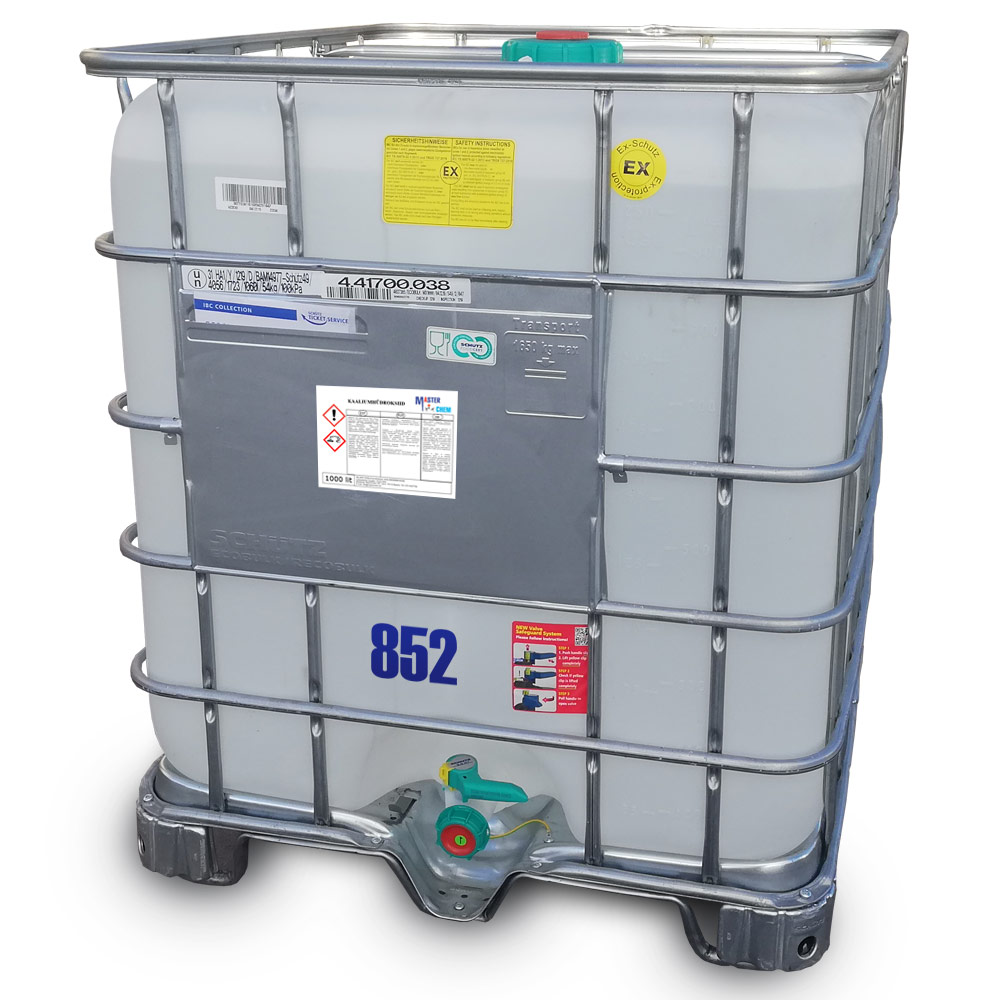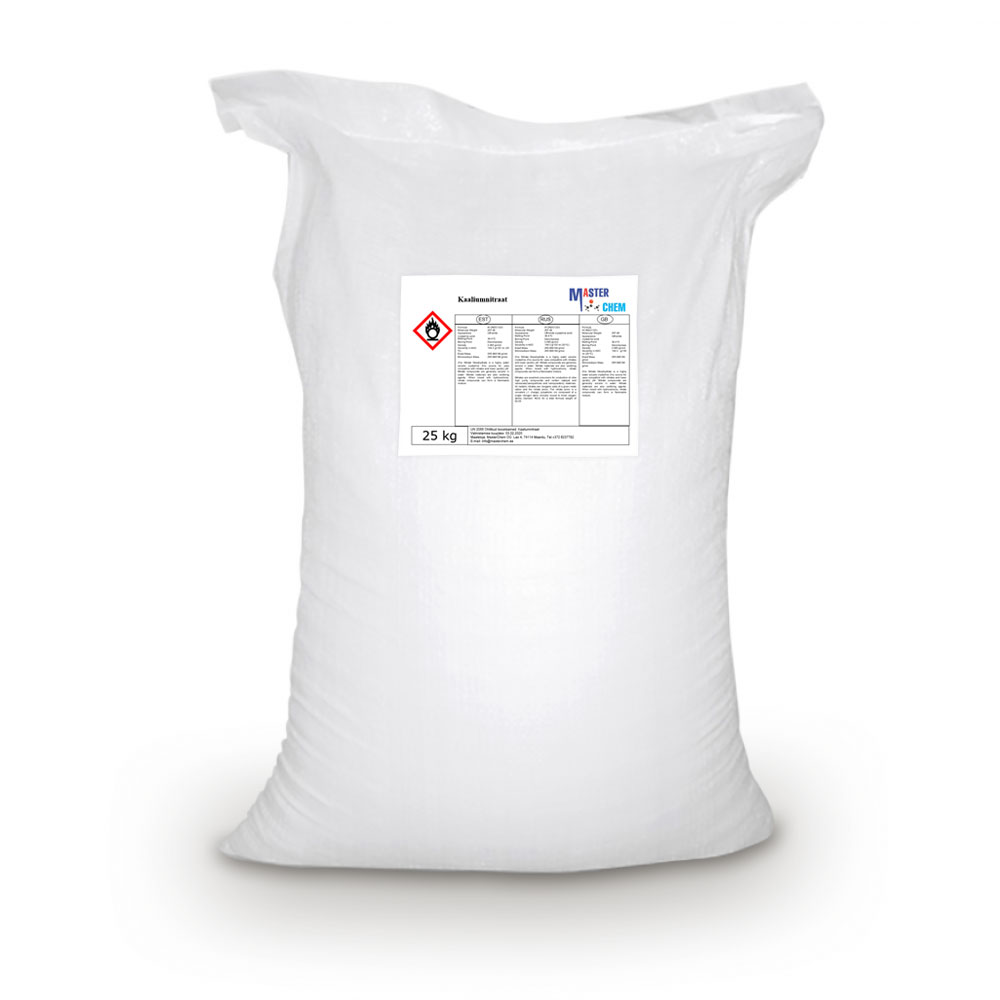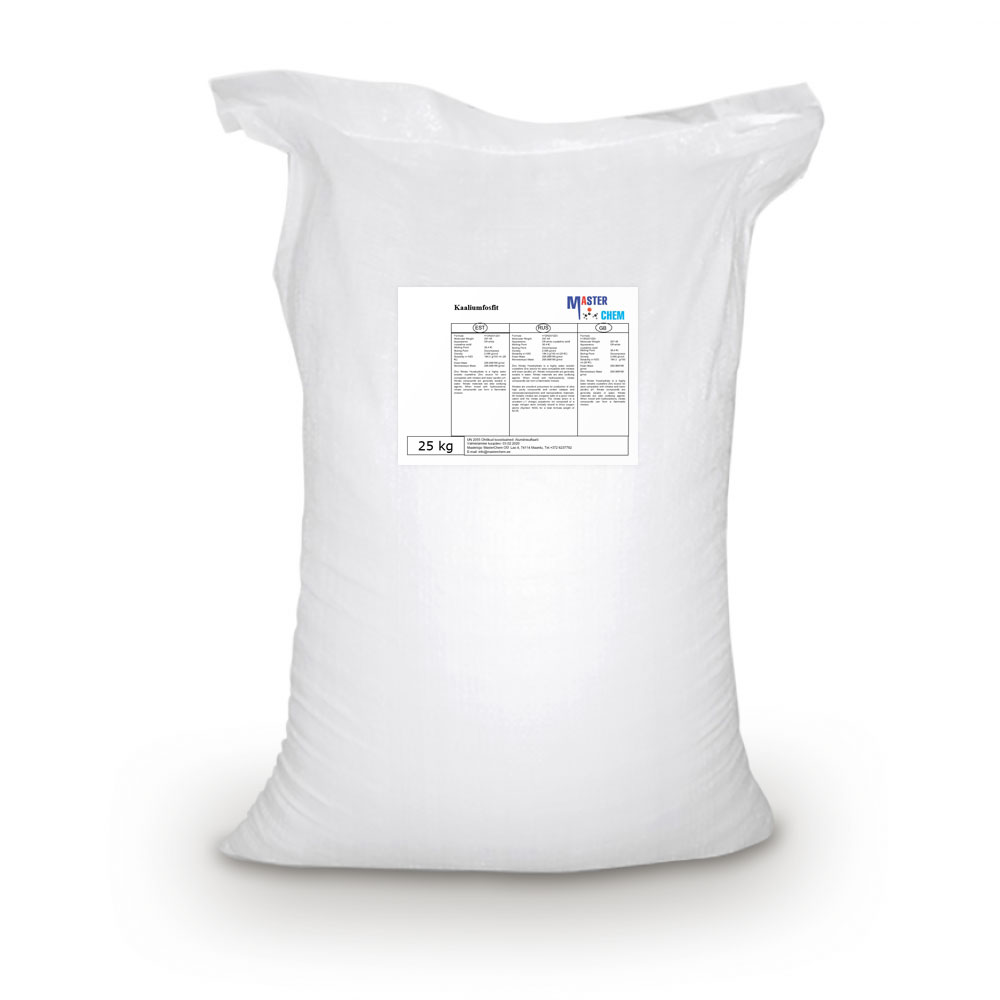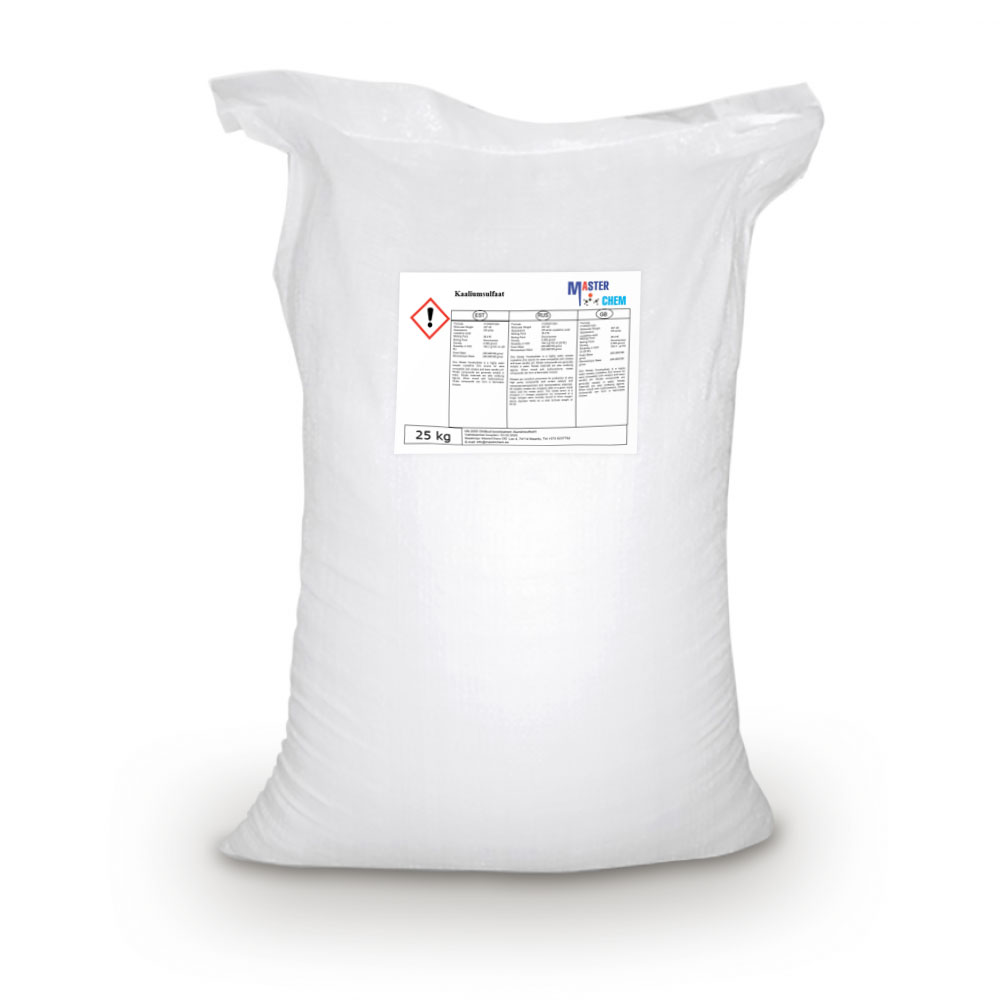Currently Empty: €0.00
Master NOL30 standard geothermal heating fluid
Master NOL30 is a ready-made product for filling earth heating circuits from MasterChem specialists. This product is based on a 30% denatured ethanol solution for heat pumps. Ethyl alcohol is an environmentally friendly product, therefore it is especially recommended for heating systems of houses and apartments. This product is the most common among heating installers.
If you want a high quality product with a quality guarantee of up to 8 years, then we suggest considering Master NOL30 PRO.
Monoammonium Phosphate (CAS 7722-76-1)
Monoammonium Phosphate (CAS 7722-76-1)
Ammonium dihydrogen phosphate (ADP), also known as monoammonium phosphate (MAP) is a chemical compound with the chemical formula (NH4)(H2PO4). ADP is a major ingredient of agricultural fertilizers and some fire extinguishers. It also has significant uses in optics and electronics.
Monoammonium phosphate is soluble in water and crystallizes from it as the anhydrous salt in the tetragonal system, as elongated prisms or needles. It is practically insoluble in ethanol.
Solid monoammonium phosphate can be considered stable in practice for temperatures up to 200 °C, when it decomposes into gaseous ammonia NH3 and molten phosphoric acid H3PO4. At 125 °C the partial pressure of ammonia is 0.05 mm Hg.
A solution of stoichometric monoammonium phosphate is acidic (pH 4.7 at 0.1% concentration, 4.2 at 5%).
Monoethylene glycol (CAS 107-21-1)
Monoethylene glycol is mainly used to make polyester, polyester resin, thinner, plasticizer, surfactant, synthetic fiber, cosmetics and explosives.
Monoethylene glycol can also be used as a paint/ink solvent, engine antifreeze, dehydrating agent. In addition, ethylene glycol can be used to make synthetic resin PET, fiber grade PET (polyfiber) and mineral water bottle chip grade PET.
Monoethylene glycol It can also be used to make hydramine resin, surfactant, oxalaldehyde and explosive. Furthermore, ethylene glycol can be used as an antifreeze.
Monopotassium Phosphate (CAS 7778-77-0)
Monopotassium Phosphate (CAS 7778-77-0)
Monopotassium phosphate (MKP) (also, potassium dihydrogenphosphate, KDP, or monobasic potassium phosphate) is the inorganic compound with the formula KH2PO4. Together with dipotassium phosphate (K2HPO4.(H2O)x) it is often used as a fertilizer, food additive, and buffering agent. The salt often cocrystallizes with the dipotassium salt as well as with phosphoric acid.
Oiled sulfur (CAS 7704-34-9)
Oiled sulfur (CAS 7704-34-9)
Sulfur (in British English: sulphur) is a chemical element with the symbol S and atomic number 16. It is abundant, multivalent and nonmetallic. Under normal conditions, sulfur atoms form cyclic octatomic molecules with a chemical formula S8. Elemental sulfur is a bright yellow, crystalline solid at room temperature.
Pentasodium edetate 40% solution (CAS 140-01-2)
Pentasodium edetate 40% solution (CAS 140-01-2)
Potassium chloride (CAS 7447-40-7)
Potassium chloride (CAS 7447-40-7)
Potassium chloride (KCl, or potassium salt) is a metal halide salt composed of potassium and chlorine. It is odorless and has a white or colorless vitreous crystal appearance. The solid dissolves readily in water, and its solutions have a salt-like taste. Potassium chloride can be obtained from ancient dried lake deposits. KCl is used as a fertilizer, in medicine, in scientific applications, and in food processing, where it may be known as E number additive E508.
As a chemical feedstock, it is used for the manufacture of potassium hydroxide and potassium metal. It is also used in medicine, lethal injections, scientific applications, food processing, soaps, and as a sodium-free substitute for table salt for people concerned about the health effects of sodium.
It is used as a supplement in animal feed to boost the potassium level in the feed. As an added benefit, it is known to increase milk production.
It is sometimes used in solution as a completion fluid in petroleum and natural gas operations, as well as being an alternative to sodium chloride in household water softener units.
Potassium hydroxide (flakes/pears) (CAS 1310-58-3)
Potassium hydroxide is an inorganic compound with the formula KOH, and is commonly called caustic potash.
Along with sodium hydroxide (NaOH), this colorless solid is a prototypical strong base. It has many industrial and niche applications, most of which exploit its caustic nature and its reactivity toward acids. An estimated 700,000 to 800,000 tonnes were produced in 2005. KOH is noteworthy as the precursor to most soft and liquid soaps, as well as numerous potassium-containing chemicals. It is a white solid that is dangerously corrosive. Most commercial samples are ca. 90% pure, the remainder being water and carbonates.
CAS: 1310-58-3
Potassium nitrate (CAS 7757-79-1)
Potassium nitrate (CAS 7757-79-1)
Potassium nitrate is a chemical compound with the chemical formula KNO3. It is an ionic salt of potassium ions K+ and nitrate ions NO3−, and is therefore an alkali metal nitrate. It occurs in nature as a mineral, niter (or nitre in the UK). It is a source of nitrogen, and nitrogen was named after niter. Potassium nitrate is one of several nitrogen-containing compounds collectively referred to as saltpetre (or saltpeter in North America).
Major uses of potassium nitrate are in fertilizers, tree stump removal, rocket propellants and fireworks. It is one of the major constituents of gunpowder (black powder). In processed meats, potassium nitrate reacts with hemoglobin and myoglobin generating a blue color.
Potassium Phosphite (CAS 13977-65-6)
Potassium Phosphite (CAS 13977-65-6)
Monopotassium phosphite is an inorganic compound with the formula KH2PO3. A compositionally related compound has the formula H3PO3.2(KH2PO3). Both are white solids that consist of salts of the phosphite anion H2PO3−, the conjugate base of phosphorous acid.
Phosphites of potassium are used as fungicides (in a loose sense) in agriculture to combat water mold infection. Confusingly, they have also been marketed as fertilizers to avoid a regulatory burden. While perfectly capable to supply potassium to the plant, the phorphorus in phosphite form is unavailable to plants, and may even inhibit the uptake of the normal phosphate form if used in excess.
Potassium sulphate (CAS 7778-80-5)
Potassium sulphate (CAS 7778-80-5)
Potassium sulfate (US) or potassium sulphate (UK), also called sulphate of potash (SOP), arcanite, or archaically potash of sulfur, is the inorganic compound with formula K2SO4, a white water-soluble solid. It is commonly used in fertilizers, providing both potassium and sulfur.
The dominant use of potassium sulfate is as a fertilizer. K2SO4 does not contain chloride, which can be harmful to some crops. Potassium sulfate is preferred for these crops, which include tobacco and some fruits and vegetables. Crops that are less sensitive may still require potassium sulfate for optimal growth if the soil accumulates chloride from irrigation water.
The crude salt is also used occasionally in the manufacture of glass. Potassium sulfate is also used as a flash reducer in artillery propellant charges. It reduces muzzle flash, flareback and blast overpressure. It is sometimes used as an alternative blast media similar to soda in soda blasting as it is harder and similarly water-soluble. Potassium sulfate can also be used in pyrotechnics in combination with potassium nitrate to generate a purple flame.

